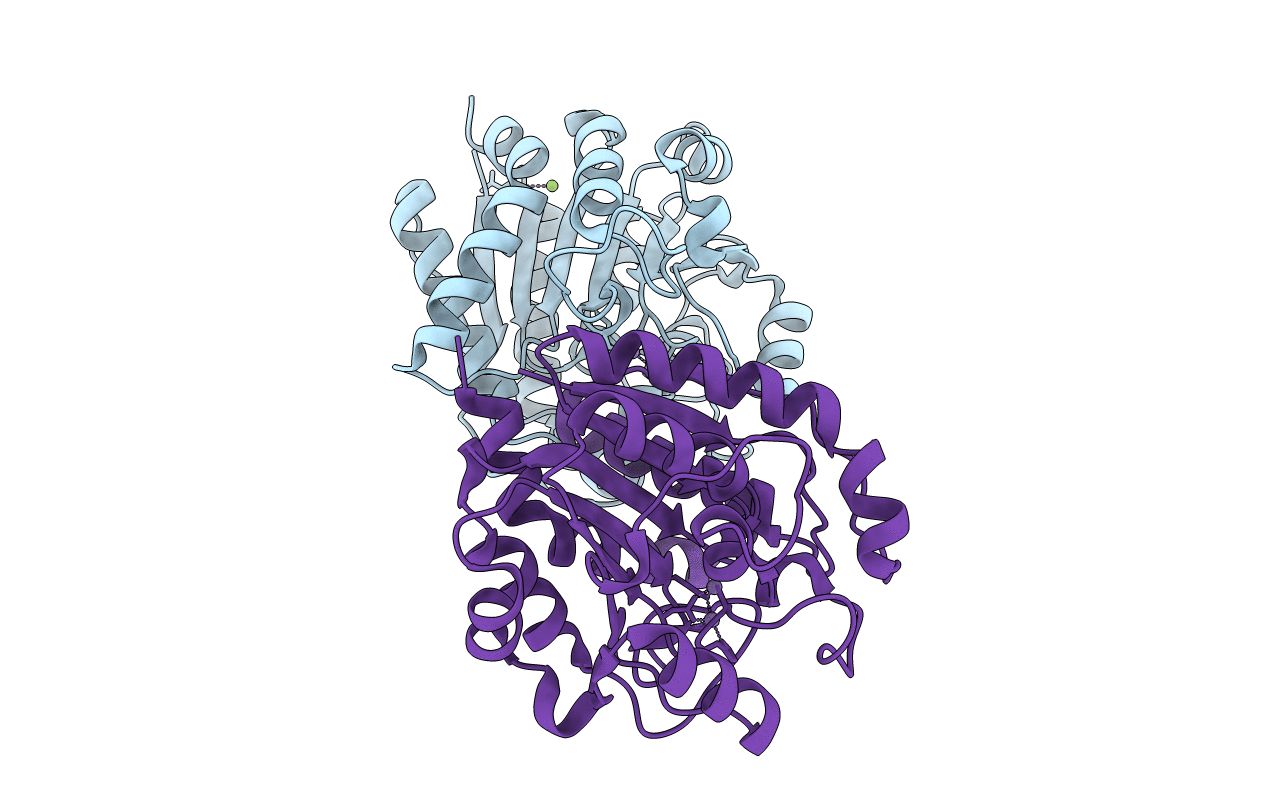
Deposition Date
2020-01-28
Release Date
2020-09-02
Last Version Date
2025-03-12
Entry Detail
PDB ID:
6LUH
Keywords:
Title:
High resolution structure of N(omega)-hydroxy-L-arginine hydrolase
Biological Source:
Source Organism:
Streptomyces lavendulae (Taxon ID: 1914)
Host Organism:
Method Details:
Experimental Method:
Resolution:
1.50 Å
R-Value Free:
0.23
R-Value Work:
0.19
R-Value Observed:
0.20
Space Group:
P 1


